Advantages of Using PVC Pipes and Fittings in Construction and Installations
- Category: Articles
1. Careful Selection and Evaluation of PVC Pipes and Fittings Based on Project Requirements
Selecting the appropriate type of PVC pipes and fittings is one of the key steps in ensuring the long-term efficiency and durability of the plumbing system. PVC offers a wide variety of pipe and fitting types, allowing it to meet diverse needs. The following factors should be considered at this stage:
• Assessment of Thermal and Chemical Resistance: Depending on the project conditions and the environment where the pipes will be installed (temperature, humidity, and exposure to chemicals), chlorinated PVC (C-PVC) pipes, which are more resistant to heat and corrosive substances, may be preferable over standard unplasticized PVC (U-PVC) pipes.
• Evaluation of Working Pressure and Flow Rate: The pipe type must be compatible with the system’s working pressure. Using pipes with the appropriate diameter and thickness helps optimize the system's pressure performance and prevent leaks or breakages.
2. Precise Surface Preparation and Jointing Techniques in PVC Plumbing Systems
Proper preparation and cutting of PVC pipes significantly affect the quality and longevity of the connections. Carefully following these steps helps prevent premature failures and leaks:
• Using Specialized Cutting Tools: Using saws and cutting tools with sharp, smooth blades ensures that the cut surface remains completely flat, avoiding unwanted angles that could lead to leaks.
• Sanding and Smoothing the Edges: The cut edges should be smoothed using sandpaper or similar tools. This step is crucial to prevent residue buildup and ensure a uniform connection.
3. Use of Advanced Adhesives and Application Techniques in PVC Pipe Connections
Choosing the right adhesive and applying it correctly plays a crucial role in the stability and durability of PVC pipe connections. To enhance adhesive performance and prevent leaks, consider the following:
• Selecting High-Strength Industrial Adhesives: Using adhesives that meet industrial standards and provide a strong bond for PVC materials is essential. Specialized adhesives are better suited for high-pressure and high-temperature applications.
• Following Proper Adhesive Application and Drying Times: After applying the adhesive, adequate drying time must be observed. This period varies depending on the adhesive type, weather conditions, and system pressure.
4. Advanced Leak and Pressure Testing Techniques for PVC Pipes
Leak and pressure testing is one of the final and most critical steps in the implementation of plumbing systems, helping to identify potential issues before commissioning. Modern testing methods include:
• Pressure Testing with Water and Air: To evaluate system durability, pressure tests using water or air can be conducted. The air test is more sensitive to leaks and allows for more precise fault detection.
• Leak Detection Using Modern Electronic Devices: Today, electronic and digital devices are widely used for leak and pressure detection due to their higher accuracy and efficiency.
5. Safety Standards and Protective Measures in PVC Pipe Installation
Due to the use of chemicals and pressure applications in PVC pipe installation, adhering to safety standards is essential to ensure worker safety and system stability. Key safety considerations include:
• Using Gloves, Masks, and Safety Goggles: PVC adhesives and their vapors can be hazardous. Wearing protective equipment prevents direct contact and inhalation of chemicals.
• Ensuring Proper Ventilation in the Installation Area: In enclosed environments, adequate ventilation should be provided to prevent the accumulation of vapors from adhesives and joints.
6. Preventive Maintenance and Inspection to Extend the Lifespan of PVC Plumbing Systems
To enhance the longevity and efficiency of PVC plumbing systems, regular preventive maintenance is crucial. Important considerations include:
• Periodic Inspection of Connections and Joints: It is advisable to conduct routine inspections at specified intervals to check for leaks and joint integrity. These inspections may include re-testing pressure levels and reviewing adhesive and joint conditions.
• Descaling and Cleaning of Pipes: Residue buildup in PVC pipes can reduce efficiency and cause various issues. Using specialized PVC descaling solutions without damaging the pipe structure is recommended.
Conclusion
Paying close attention to the technical aspects and installation principles of PVC pipes and fittings ensures not only their longevity but also their efficiency and safety. Using high-quality industrial adhesives, precisely cutting and preparing pipes, and conducting specialized pressure tests are essential for setting up an optimally functioning and safe PVC plumbing system. By following these steps thoroughly and consistently, you can ensure that your PVC plumbing system operates efficiently and reliably while requiring minimal maintenance and repairs.
No Comments



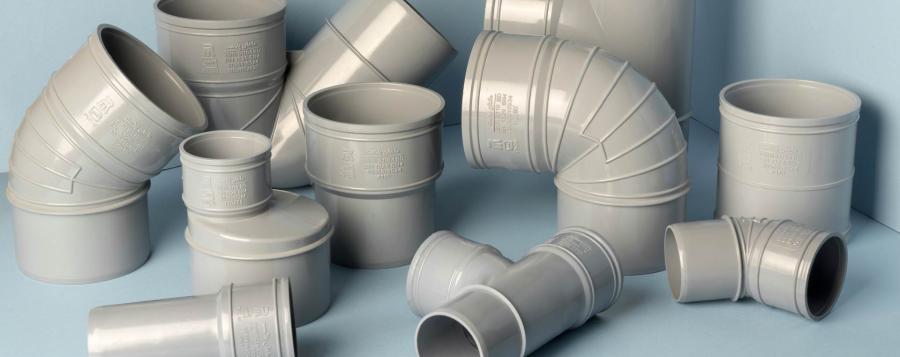
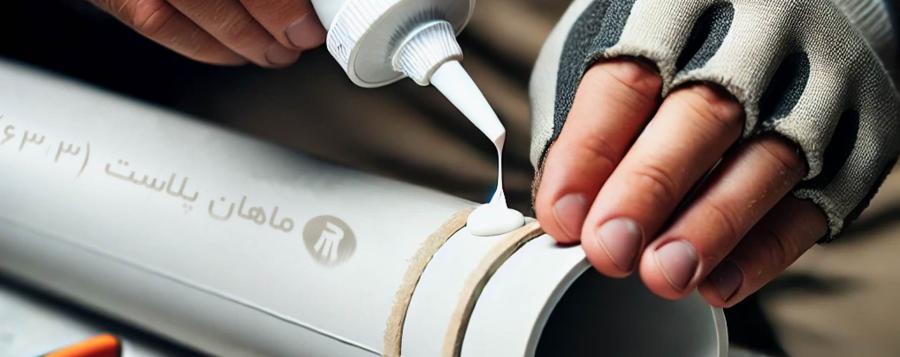
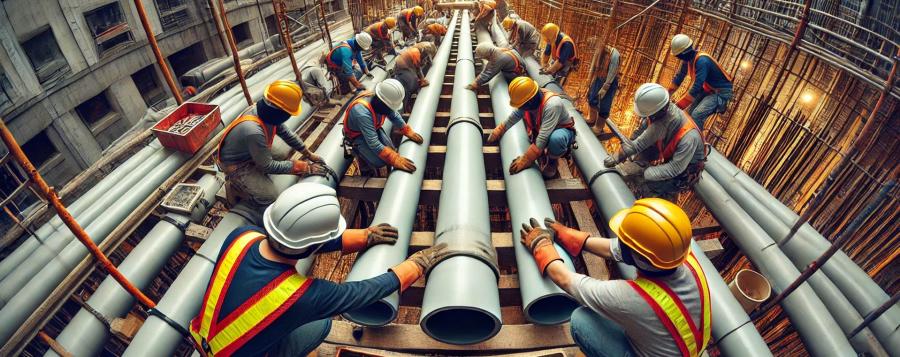
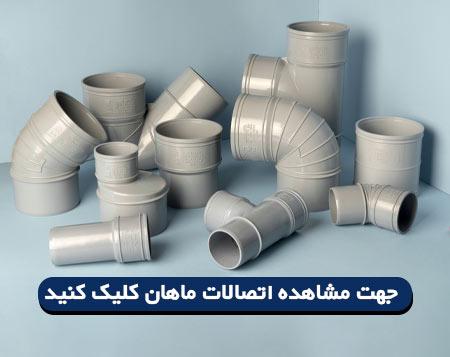
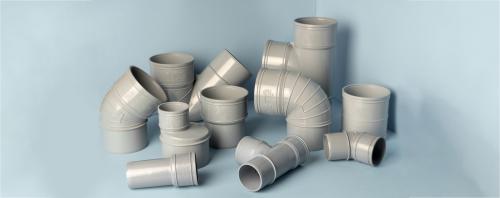
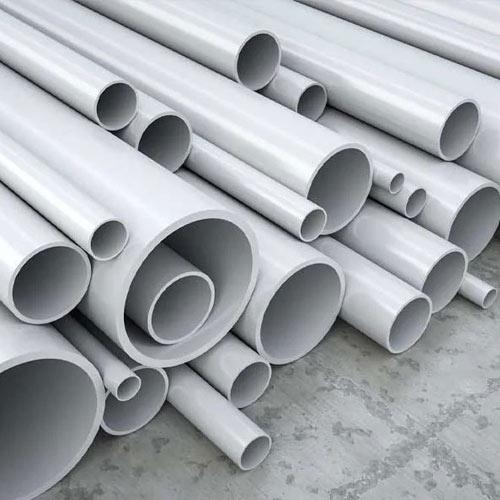
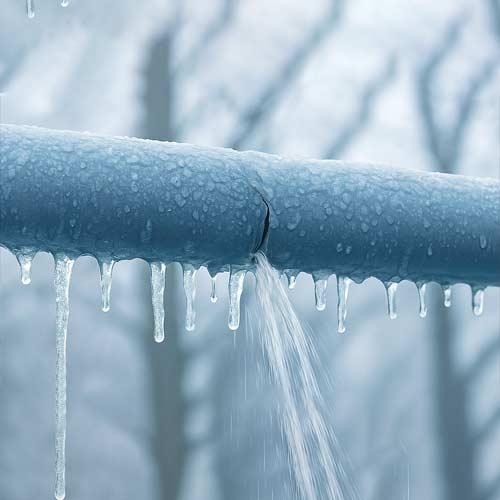
Enter your comment and rate for this product...